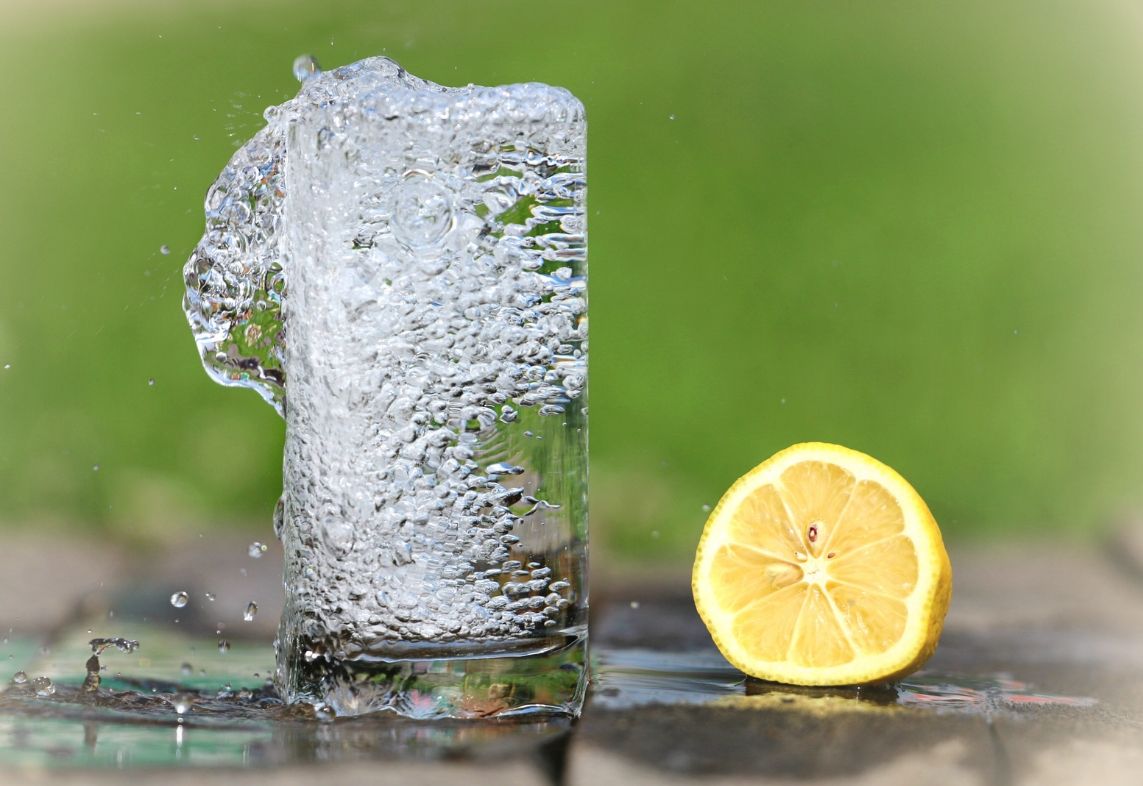Skin is your body’s largest organ, accounting for as much as 16% of your body weight. Inch by inch, your skin adds up to an impressive 22 square feet. What you might not realize about this hard-working organ is that it is also constantly renewing itself—at a rate of about 30,000-40,000 cells per minute. And it does this for decades.
More than just a flexible covering for our muscles, organs, and bones, our skin shields us from harmful bacteria and alerts our immune system when bacteria breaches that shield. Our skin helps keep us warm, signals our bodies to sweat when we get overheated, and is responsible for our keen sense of touch.
What can you do to take care of your skin, beyond moisturizing and protecting it with sunscreens and lotions? As it turns out, there are some important ways to take care of your skin from the inside. Understanding how your skin works is the first step in knowing how to give it the nourishment it needs.
How Your Skin Works
Skin is composed of two main layers, the epidermis and the dermis. The epidermis is the outer layer of skin that you can see and feel—it serves as your body’s first barrier of protection from harmful bacteria, viruses, and pollutants. Your epidermis contains specialized immune cells that identify harmful microbes and prevent them from entering your body. The epidermis also contains melanin, the pigmentation that gives skin its color, and helps prevent the absorption of UV rays.
The much thicker dermis is the inner layer of skin, just beneath the epidermis. Made up of collagen, elastin, and fibrillin (a component of connective tissue), the dermis provides nutritional and structural support for the epidermis. It is where the blood vessels, hair follicles, oil glands, and sweat glands in our skin are located.
The dermis helps regulate your body temperature, and contains the sensitive nerve endings that allow you to interpret and interact with the world around you. It’s here, in the dermis, that new cells are constantly produced to replace old cells in the epidermis as they are sloughed off at the surface. The hard-to-reach dermis is where nourishment from the inside really matters.
Feeding Your Skin
Eating a balanced, nutrient-rich diet, getting a good night’s sleep, and managing your stress levels are all important lifestyle habits for taking care of your skin, and your body in general. But there are several nutrients known to play a big part in skin health—here are just a few your skin will thank you for:
Water

Your skin is made up of cells, and your cells are made up of approximately 70% water. Adequate water intake helps maintain your body’s homeostasis, and helps your body remove and excrete metabolic wastes. Without adequate water intake, your skin can’t function at its best. How much is enough? The Australian Nutrient Reference Values recommends 2.6L of fluids for men and 2.1L of fluids for women per day.
Essential Fats EPA, DHA, & GLA
Omega-3s EPA and DHA, along with omega-6 GLA, are essential fats that play such an important role in skin health that deficiency in these nutrients is often first visible in the skin. That’s because our skin can synthesize some fatty acids, such as saturated fatty acids and monounsaturated fatty acids, but can’t synthesize the long-chain essential fatty acids EPA, DHA, and GLA. We must get these essential fats from foods or supplements.
EPA, DHA, and GLA are found in the cell membranes that surround skin cells—really, all the body’s cells—where they help carry important nutrients into our cells, and carry waste out. These essential fats also help our skin retain its moisture, and evenly distribute melanin that protects against age-related free radical and oxidative damage. And, they assist in healthy skin cell turnover.
Supplementing with EPA and DHA from fish oil and GLA from borage oil can benefit all skin types and help support healthy skin function. These fats are best taken together, since the benefits of GLA increase when it is taken with EPA and DHA.
Keeping your skin healthy on the inside goes a long way toward staying healthy overall. And that’s a beautiful thing.
TERRA LYNN
CONTRIBUTING WRITER
Terra is a regular contributor to the Naturally Speaking blog, and a former marketing writer at Nordic Naturals. She has been writing for the natural products industry for nearly a decade, and revels in providing resources to help people make informed decisions about health, nutrition, and sustainable living. In her former life, Terra was a university instructor and academic researcher. Her daily passions include tending her native plant garden, reading, and hanging out with her dogs.








Leave a Reply
Want to join the discussion?Feel free to contribute!